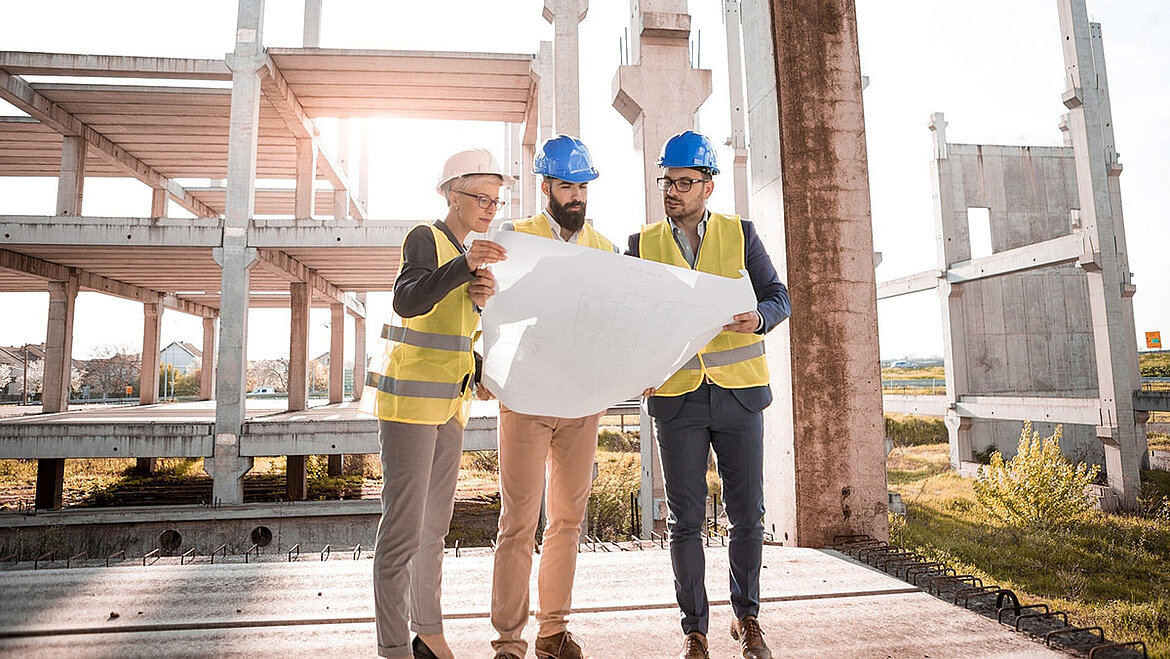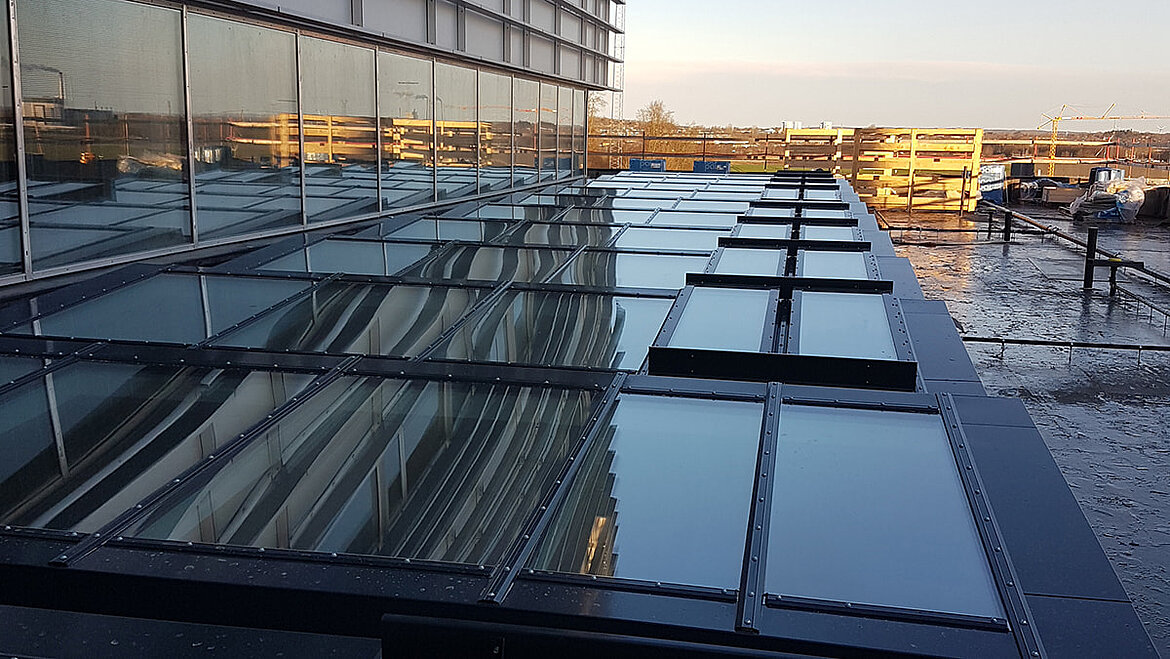Danish mega-hospitals and their architecture
For some time now, Denmark has made major investments in its infrastructure and healthcare. In the coming years, 16 hospitals of superlatives will be built in the Scandinavian country, which has a population of around six million. We asked ourselves: What do the architects of these mega-hospitals take particular account of in their construction projects?
Our northern neighbour is considered a pioneer in the healthcare sector and began to restructure the country's health sector several years ago. A key component of this is the national e-health strategy with the world's leading online portal "sundhed.dk" on the one hand and the restructuring of the hospital landscape on the other hand, both technologically and from an architectural point of view.

The digital medical record on "sundhed.dk" has already been established. Patients as well as doctors and pharmacies have access here and every Dane can track his complete medical history in this portal but can also register as an organ donor or make specialist appointments, for example.
Moreover, the total number of hospitals in Denmark has also been drastically reduced in recent years. The hospital reform bundles the country's hospital services at a small number of locations with intensive use of digital technology. Instead of several small clinics, services are centralized at 16 locations throughout the country. These few hospitals, however, are optimally equipped and highly efficient.
The dimension becomes apparent by the example of Aarhus University Hospital. It has a capacity of 9,000 employees as well as 100,000 inpatients and 900,000 outpatients. The hospital is a pioneer when it comes to the most modern digital solutions in the healthcare sector.
But not only the technology plays a major role in building the new hospital structure, the architecture does as well. The architects have recognized that natural lighting of the rooms and buildings is an essential component of the building design. Daylight is not only the most environmentally friendly lighting, but also has a health-promoting effect on the human organism. In Denmark, legislation even stipulates a certain amount of daylight in public buildings. Patients and employees should feel comfortable. That's why the buildings are planned to be spacious and the outdoor area is directly integrated into the architecture. The new mega-hospitals therefore look like small towns.
LAMILUX as a reliable partner
When it comes to daylight in buildings, the skyight manufacturer LAMILUX is always a reliable partner. LAMILUX is already involved in three major hospital projects in Denmark, such as the construction of the Aalborg University Hospital (AAU), which is the largest employer in the North Jutland region with 6500 employees. The company's portfolio includes glass roofs and smoke and heat exhaust ventilation flaps that can withstand the snow load of the Scandinavian winter. On the roofs of the University Hospital in Aalborg, LAMILUX has already installed seven different glass roofs in a five-degree inclined shed roof shape with a total size of 940 square meters. Solutions for sun protection are also planned in cooperation with local subcontractors.

This is what Torben Vraa Heldbo, architect and project manager at LINK Arkitektur for this mega-project, says about the importance of daylight in hospitals:
"The paramount principle for this hospital design is a concept called "Healing Architecture" (German: Heilende Architektur). Daylight sources and individual skylights are firmly integrated into this concept. Danish building regulations are relatively strict when it comes to building design with daylight and a view to the outside. This applies to all areas where people work or spend their leisure time. Hence, architects are required to design and build slim building structures and open spaces that bring daylight into the buildings.
If you combine this with the healing architecture, you have a design with a clear goal: Patients and visitors should not see or notice any of the main features of a hospital, such as hospital staff or equipment, in the leisure areas and open spaces. Everything is designed to create a modern hospital atmosphere that allows the building user to relax and feel comfortable in open spaces, with a view from the inside to the outside and plenty of natural light. We also pay attention to medical equipment as mobile as possible so that patients can move freely and help themselves as much as possible.
The main task though is to build a functional building around the main functions of the hospital: The staff has to be able to work efficiently and the patients have to feel comfortable and be able to recover as quickly as possible. The goal is to maximize the capacity of treatment units and at the same time minimize the time patients have to spend in the hospital."

